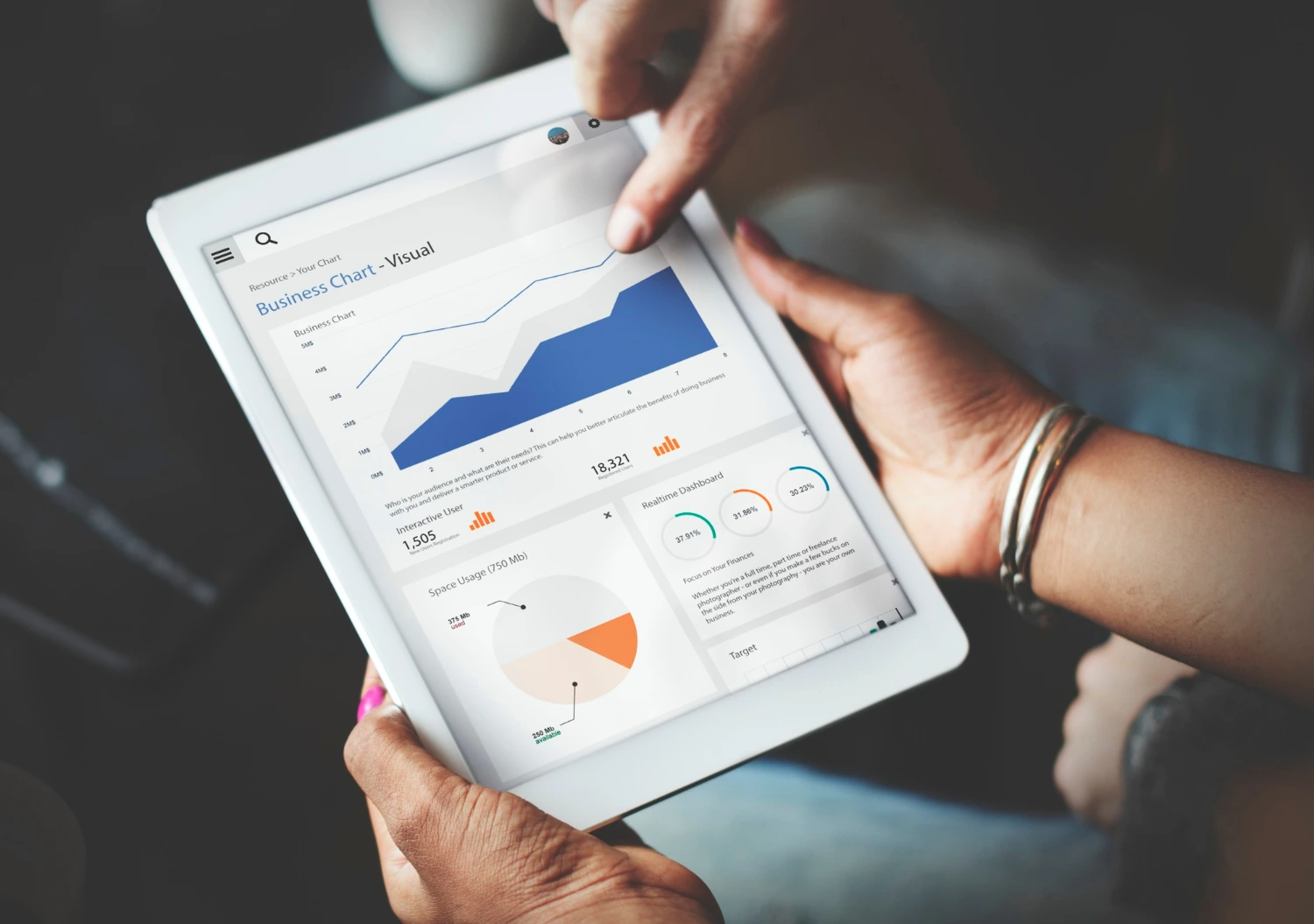Case Study: Transforming Data Insights with Power BI Dashboard Development
 Introduction
Introduction
In the busy world of business, data-driven decision-making has become an important component for accomplishing competitive advantages. With business generating considerable volumes of data daily, the ability to evaluate and visualize this information can significantly affect efficiency outcomes. This case research study explores the successful application and development of a Power BI dashboard by XYZ Corporation, a mid-sized retail company looking for to boost its data analytics capabilities.
Background Data Visualization Consultant
Founded in 2010, XYZ Corporation has proliferated, handling several retail outlets across the area. Despite its growth, the business had a hard time with disparate data sources and troublesome reporting processes. The management group recognized the requirement for a comprehensive analytics option to combine data, enhance visibility into business operations, and make it possible for more educated decision-making. After examining numerous business intelligence tools, they chose to implement Microsoft Power BI due to its easy to use user interface, robust combination capabilities, and cost-effectiveness.
Objectives
The main objectives of establishing the Power BI control panel were:

- Centralizing Data Sources: Integrate data from various sources, consisting of sales records, customer databases, and stock management systems.
- Enhancing Reporting: Shift from fixed reports to interactive control panels that provide real-time insights into essential efficiency indications (KPIs).
- Facilitating Data-Driven Decisions: Enable management and stakeholders to make informed decisions based on precise, up-to-date data.
- Improving User Experience: Create intuitive visualizations that cater to users with varying levels of technical knowledge.
MethodologyThe advancement of the Power BI dashboard followed a structured approach, including several essential stages:
- Requirements Gathering: The task group, consisting of business analysts, data engineers, and crucial stakeholders, conducted workshops to recognize specific reporting requirements and KPIs that were vital for business success. This consisted of understanding various departmental needs-- from sales and marketing to fund and operations.
- Data Combination: Leveraging Power BI's data ports, the team incorporated data from multiple sources, including Excel spreadsheets, SQL databases, and cloud-based applications. During this stage, the team likewise guaranteed data quality through cleansing and transformation, ensuring that users would depend on precise data.
- Dashboard Design: Interface style focused on creating a aesthetically enticing and easy to use control panel. The team utilized finest practices in data visualization, such as utilizing clear labeling, appropriate chart types, and color coding to separate data segments. This style approach was continuously refined based upon user feedback throughout the advancement stage.
- Development and Testing: The control panel was developed utilizing Power BI Desktop, including numerous visualizations like bar charts, line graphs, and geographic maps to illustrate sales performance, client demographics, and stock levels. Rigorous testing ensured the accuracy of all data representations, as well as the responsiveness of the dashboard.
- Deployment and Training: Once the control panel was completed, the team deployed it to the Power BI Service, making it accessible to users across the organization. Comprehensive training sessions were held to familiarize workers with the new tool, teaching them how to take advantage of its features, translate data visualizations, and extract meaningful insights.
ResultsThe execution of the Power BI dashboard yielded significant improvements for XYZ Corporation:

- Improved Accessibility to Data: With centralized data in one dashboard, departments no longer operated in silos, promoting partnership and improving information sharing throughout the company.
- Enhanced Decision-Making: Management reported a marked improvement in decision-making speed and precision owing to real-time data insights. For circumstances, marketing might analyze consumer buying patterns and adjust campaign methods on the fly.
- Increased Efficiency: The time spent on generating reports reduced dramatically. What formerly took days of manual data processing might now be accomplished in minutes, enabling employees to concentrate on more tactical jobs.
- User Engagement: Employee engagement with data analytics increased significantly, as users were empowered to explore the control panel individually, leading to a data-driven culture throughout the organization.
ConclusionThe development of the Power BI dashboard at XYZ Corporation exhibits the transformative power of modern data analytics tools in helping with notified business choices. By centralizing data, improving reporting procedures, and improving accessibility, the business not just enhanced its functional efficiency but likewise cultivated a culture of data-driven decision-making. Other companies can obtain important insights from this case research study and consider carrying out comparable solutions to harness the power of their data for continual development and competitive benefit. As businesses continue to evolve in the data landscape, embracing tools like Power BI will stay vital for success.